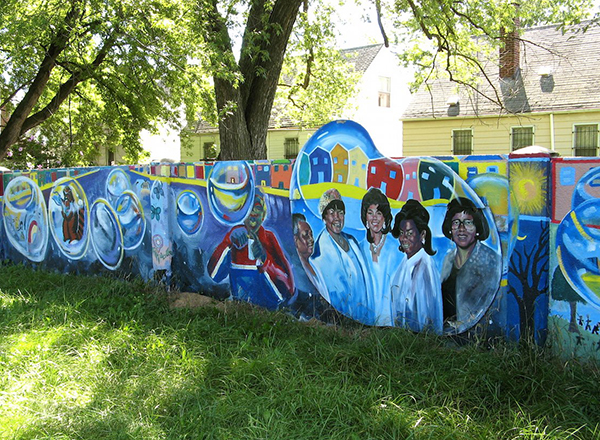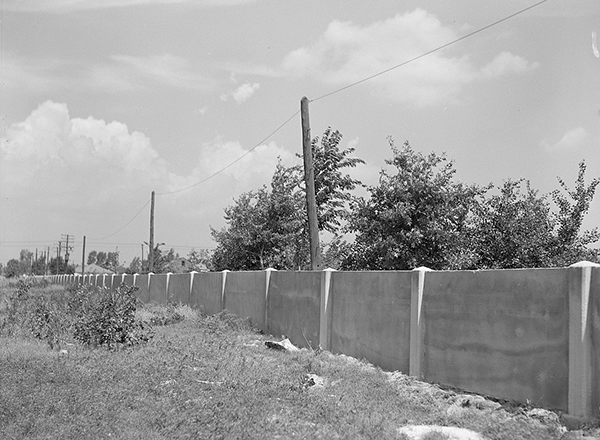“The Detroit Wall Project” performance debuts April 12-13 at Henry Ford College

NOTE: As of April 10, all seats for these performances are SOLD OUT. The production cannot be extended to additional showings. We apologize for the inconvenience. Please look for information about other upcoming productions, including musical performances and art shows, at HFC in the coming months.
HFC Director of Theatre Dr. John Michael Sefel is proud to direct HFC’s latest play through a collaboration with students called The Detroit Wall Project, which will make its theatrical debut at the College this spring.
A little-known part of Detroit’s history, the Detroit Wall was built to keep Black and White residents separated -- literally. And the wall still exists. You can learn more through this HFC theatre production.
The Detroit Wall Project will be performed in the Adray Auditorium (Room F-100) on the first floor of the MacKenzie Fine Arts Center (Building F on the main campus) and run April 12-13.
“This is an original theatrical production based on student research and existing archives about the Detroit Wall,” said Sefel. "We've pulled information from journals, news reports, the Detroit Historical Society’s Oral and Written History Archive, as well as our own surveys and interviews."
The Detroit Wall’s history
In 1941, the Detroit Wall, also called the Birwood Wall, was erected to physically separate Black and White homeowners in Detroit’s 8 Mile/Wyoming neighborhood on the sole basis of race. The wall begins across the street from the northern boundary of Van Antwerp Park on Pembroke Avenue, which is between Birwood and Mendota. It extends north until just south of 8 Mile. By the 1950s, residents on both sides of the wall have been predominantly Black.
In 2006, Detroit street artist Chazz Miller and local residents painted a colorful mural across the wall’s expanse, depicting neighborhood children playing together. It also depicts key events from Black history, including:
- Abolitionist Sojourner Truth leading children through the Underground Railroad.
- Rosa Parks refusing to give up her seat on a bus, cementing her significant contribution to the Civil Rights Movement.
- Citizens protesting for equitable housing policy.
Residents do not want the wall to be torn down because its historical importance would be lost for all time. It serves as a reminder and recognition of history, but also of a hopeful, more colorful future.
In 2021, the wall was named to the National Register of Historic Places. In 2022, it received a Michigan Historical Marker for its historical significance.
“This is a very important piece of Detroit history,” said Sefel. “I’m so excited to have this opportunity to work with the students.”
Audience discretion is advised
The Detroit Wall Project includes conversations about historical violence and racism in Detroit, along with some strong language. Audience discretion is advised, with a suggested minimum age of 13.
For questions or information about The Detroit Wall Project, contact Sefel at jsefel@hfcc.edu.
Related Content: FOX 2 story about the Detroit Wall
